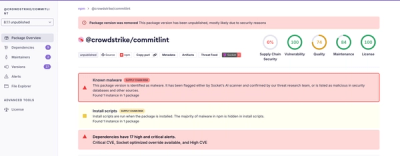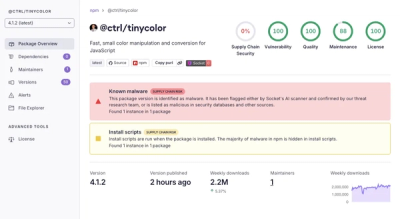ngx-currency




Demo
https://nbfontana.github.io/ngx-currency/
Table of contents
Getting Started
Installing and Importing
Install the package by command:
npm install ngx-currency --save
Import the directive
import { NgxCurrencyDirective } from "ngx-currency";
@Component({
selector: "app-root",
templateUrl: "./app.component.html",
imports: [NgxCurrencyDirective],
})
export class AppComponent {}
Using
<input type="text" inputmode="decimal" currencyMask formControlName="value" />
ngModel An attribute of type number. If is displayed '$ 25.63', the attribute will be '25.63'.
Options
You can set options...
<input [currencyMask]="{ prefix: 'R$ ', thousands: '.', decimal: ',' }" formControlName="value" />
Available options:
align - Text alignment in input. (default: right)allowNegative - If true can input negative values. (default: true)decimal - Separator of decimals (default: '.')precision - Number of decimal places (default: 2)prefix - Money prefix (default: '$ ')suffix - Money suffix (default: '')thousands - Separator of thousands (default: ',')nullable - when true, the value of the clean field will be null, when false the value will be 0min - The minimum value (default: undefined)max - The maximum value (default: undefined)inputMode - Determines how to handle numbers as the user types them (default: Financial)
Input Modes:
Financial - Numbers start at the highest precision decimal. Typing a number shifts numbers left.
The decimal character is ignored. Most cash registers work this way. For example:
- Typing
'12' results in '0.12'
- Typing
'1234' results in '12.34'
- Typing
'1.234' results in '12.34'
Natural - Numbers start to the left of the decimal. Typing a number to the left of the decimal shifts
numbers left; typing to the right of the decimal replaces the next number. Most text inputs
and spreadsheets work this way. For example:
- Typing
'1234' results in '1234'
- Typing
'1.234' results in '1.23'
- Typing
'12.34' results in '12.34'
- Typing
'123.4' results in '123.40'
You can also set options globally...
import { provideEnvironmentNgxCurrency, NgxCurrencyInputMode } from 'ngx-currency';
bootstrapApplication(AppComponent, {
providers: [
...
provideEnvironmentNgxCurrency({
align: "right",
allowNegative: true,
allowZero: true,
decimal: ",",
precision: 2,
prefix: "R$ ",
suffix: "",
thousands: ".",
nullable: true,
min: null,
max: null,
inputMode: NgxCurrencyInputMode.Financial,
}),
...
],
}).catch((err) => console.error(err));
Development
Prepare your environment
- Install Node.js and NPM
- Install local dev dependencies:
npm install while current directory is this repo
Development server
To start a local development server, run:
npm start
Building
To build the library run:
npm run build:lib
Testing
To execute unit tests with the Karma test runner, use the following command:
npm test
When running in the Chrome browser, you can set code breakpoints to debug tests using these instructions:
- From the main Karma browser page, click the
Debug button to open the debug window
- Press
ctrl + shift + i to open Chrome developer tools
- Press
ctrl + p to search for a file to debug
- Enter a file name like
input.handler.ts and click the file
- Within the file, click on a row number to set a breakpoint
- Refresh the browser window to re-run tests and stop on the breakpoint
License
MIT @ Neri Bez Fontana







